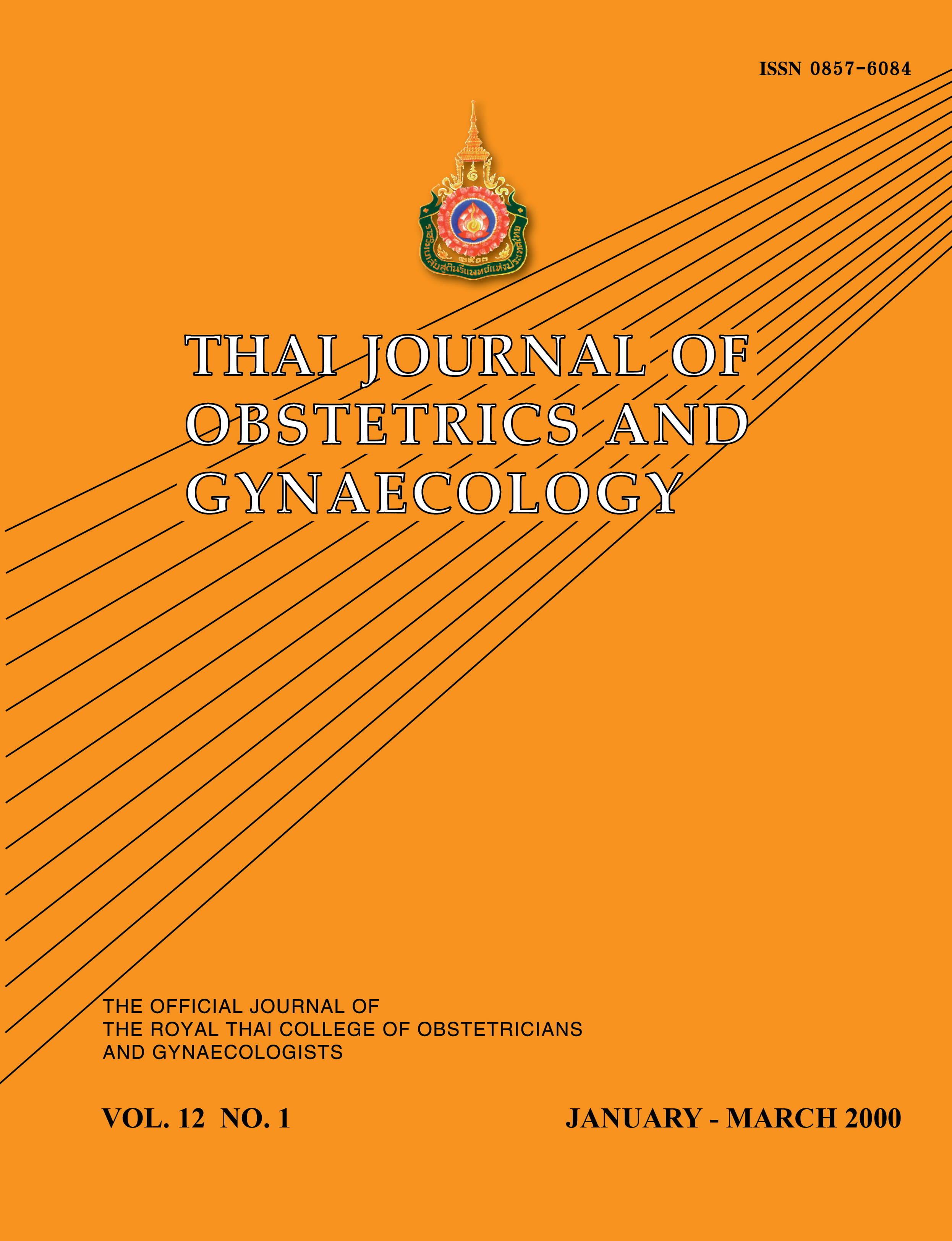GnRH Antagonists: an Update
Main Article Content
Abstract
Gonadotropin releasing hormone (GnRH) antagonists result from multiple amino acid substitutions in the native GnRH molecule. Therefore, they are capable of immediate inhibition of pituitary gonadotropin secretion by competing with the stimulatory effect of GnRH. GnRH antagonists are likely to offer several advantages over the currently available GnRH agonists, such as the absence of an initial gonadotropin stimulation (flare) and the dose proportional efficacy. However, their development was limited by the discovery of side-effects related to their histamine release at the site of injection or even a systemic reaction. After development of GnRH antagonists for twenty years, very effective and safe GnRH antagonists such as Cetrorelix or Ganirelix have been introduced into protocols for controlled ovarian hyperstimulation (COH) to avoid premature luteinizations and are now available for assisted reproduction programs in some countries in Europe and USA. GnRH antagonists have several advantages when compared GnRH agonists due to their different pharmacological mode of action. Further development of GnRH antagonists and their delivery systems will open a broad field of clinical applications.
Article Details

This work is licensed under a Creative Commons Attribution-NonCommercial-NoDerivatives 4.0 International License.


